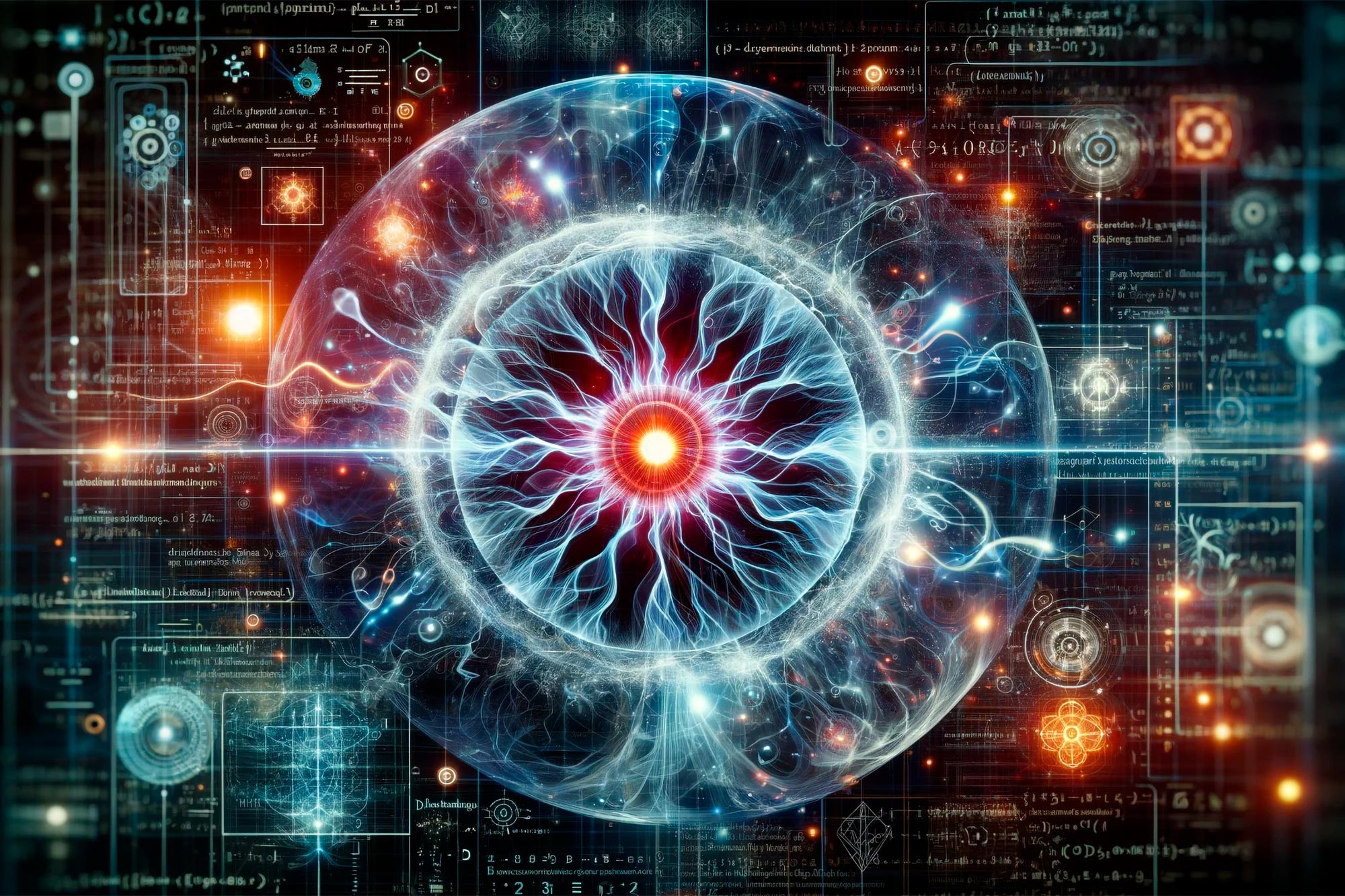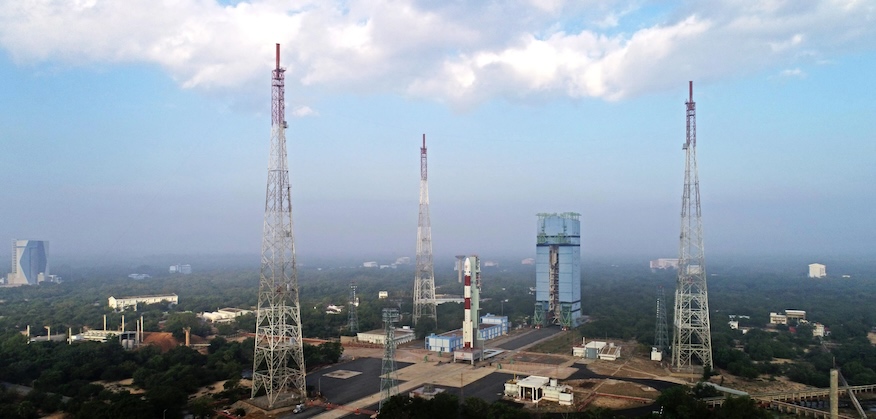SpaceX’s uncrewed Dragon CRS-23 cargo spacecraft will depart the International Space Station and return to Earth on Thursday (Sept. 30), and you can watch it live here.
The Dragon arrived at the space station in August with more than 4,800 pounds (2,200 kilograms) of supplies and science experiments for the Expedition 65 crew.
It is scheduled to undock from the space station at 9:05 a.m. EDT (1305 GMT), and you can watch live coverage in the window above beginning at 8:45 a.m. EDT (1245 GMT), courtesy of NASA TV. The Dragon’s splashdown will not be broadcast live.
From NASA:
A SpaceX Dragon cargo resupply spacecraft filled with more than 4,600 pounds of supplies and valuable scientific experiments bound for NASA’s Space Station Processing Facility is set to leave the International Space Station Thursday, Sept. 30. NASA Television, the agency’s website, and the NASA app will broadcast the spacecraft’s departure live, beginning at 8:45 a.m. EDT.
Ground controllers at SpaceX in Hawthorne, California, will command Dragon to undock from the forward port on the station’s Harmony module at 9:05 a.m. NASA astronaut Shane Kimbrough will monitor the process from inside the station’s Cupola. Cargo Dragon will fire its thrusters to move a safe distance away from the station prior to a deorbit burn later in the day that will begin its re-entry into Earth’s atmosphere.
The spacecraft will make parachute-assisted splashdown around 11 p.m. off the coast of Florida. NASA Television will not broadcast the splashdown live, but will provide updates on the space station blog.
Splashing down off the coast of Florida enables quick transportation of the science aboard the capsule to NASA’s Space Station Processing Facility at the agency’s Kennedy Space Center in Florida. The experiments were designed to take advantage of microgravity aboard the space station – the short transportation timeframe allows researchers to collect data from them with minimal sample exposure to Earth’s gravity.
The departing Dragon spacecraft delivered more than 4,800 pounds of research investigations, crew supplies, and vehicle hardware to the station for SpaceX’s 23rd Commercial Resupply Services mission. It launched Sunday, Aug. 29, on a SpaceX Falcon 9 rocket from Launch Complex 39A at Kennedy and arrived at the orbiting laboratory about 32 hours later.
Some of the scientific investigations Dragon will return to Earth include:
- Ring Sheared Drop examines the formation and flow of abnormal proteins, called amyloids, in the absence of solid walls, which can influence chemical interactions. Results could contribute to a better understanding of neurodegenerative diseases, such as Alzheimer’s, as well as the development of advanced materials.
- Anti-Atrophy tests the ability of biomaterials to inhibit muscle atrophy in microgravity. Results may lead to the production of pharmaceuticals to prevent muscle atrophy, not only for astronauts in space, but also for the elderly on Earth.
- Genes in Space-8 tests a technology for monitoring gene expression in space. This test could lead to a better understanding of spaceflight-induced changes in liver gene expression and may support the development of new therapies that can account for the body’s adaptations to spaceflight.
‘ISS Live!’ Tune in to the space station
Find out what the astronauts and cosmonauts aboard the International Space Station are up to by tuning in to the “ISS Live” broadcast. Hear conversations between the crew and mission controllers on Earth and watch them work inside the U.S. segment of the orbiting laboratory. When the crew is off duty, you can enjoy live views of Earth from Space. You can watch and listen in the window below, courtesy of NASA.
From NASA:
“Live video from the International Space Station includes internal views when the crew is on-duty and Earth views at other times. The video is accompanied by audio of conversations between the crew and Mission Control. This video is only available when the space station is in contact with the ground. During ‘loss of signal’ periods, viewers will see a blue screen.
“Since the station orbits the Earth once every 90 minutes, it experiences a sunrise or a sunset about every 45 minutes. When the station is in darkness, external camera video may appear black, but can sometimes provide spectacular views of lightning or city lights below.”
Follow us on Twitter @Spacedotcom and on Facebook.
Join our Space Forums to keep talking space on the latest missions, night sky and more! And if you have a news tip, correction or comment, let us know at: community@space.com.

Space.com is the premier source of space exploration, innovation and astronomy news, chronicling (and celebrating) humanity’s ongoing expansion across the final frontier. Originally founded in 1999, Space.com is, and always has been, the passion of writers and editors who are space fans and also trained journalists. Our current news team consists of Editor-in-Chief Tariq Malik; Editor Hanneke Weitering, Senior Space Writer Mike Wall; Senior Writer Meghan Bartels; Senior Writer Chelsea Gohd, Senior Writer Tereza Pultarova and Staff Writer Alexander Cox. Senior Producer Steve Spaleta oversees our space videos, with Kim Hickock as our Reference Editor and Diana Whitcroft as our Social Media Editor.
Note: This article have been indexed to our site. We do not claim ownership or copyright of any of the content above. To see the article at original source Click Here











